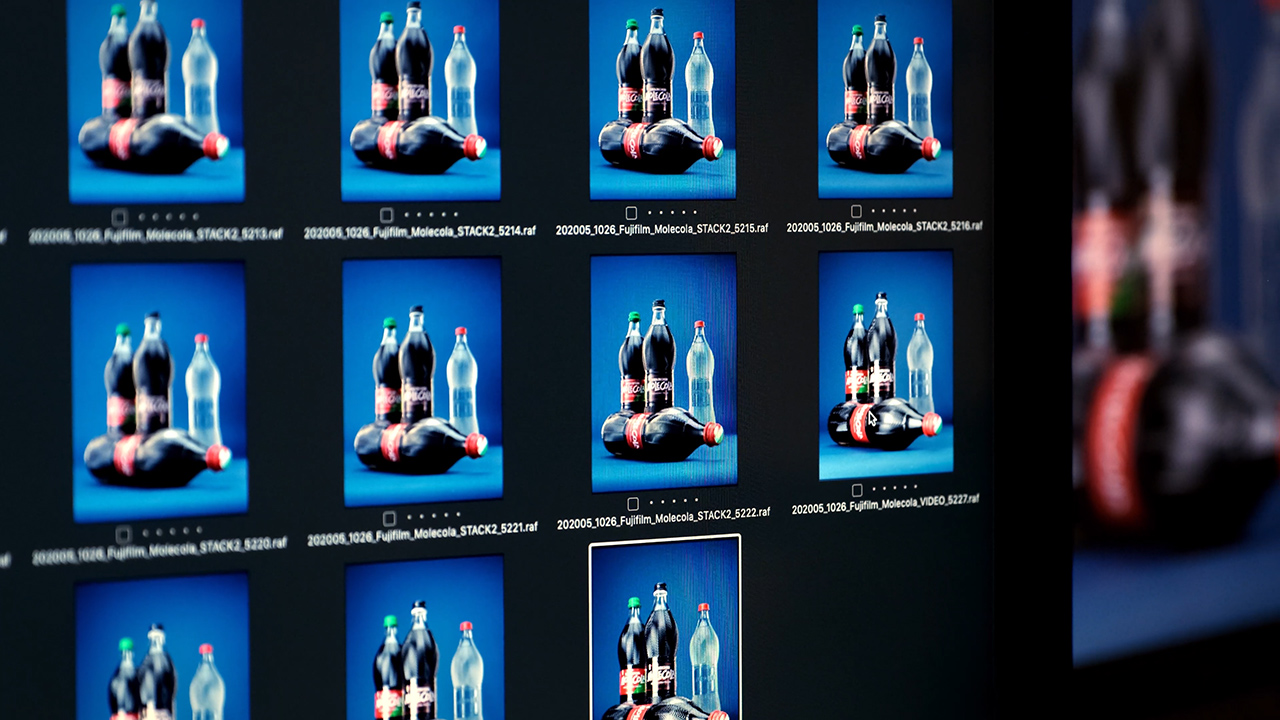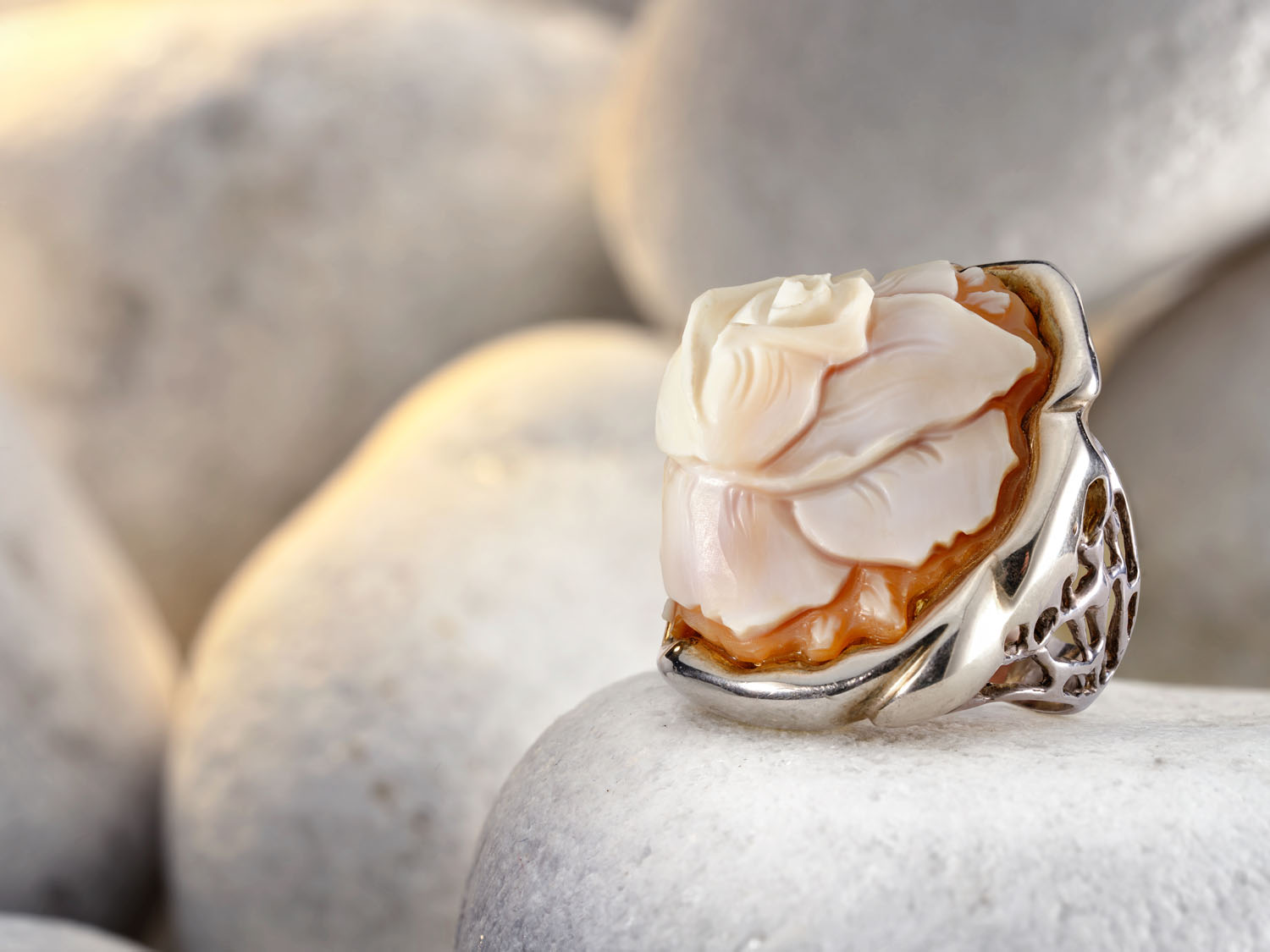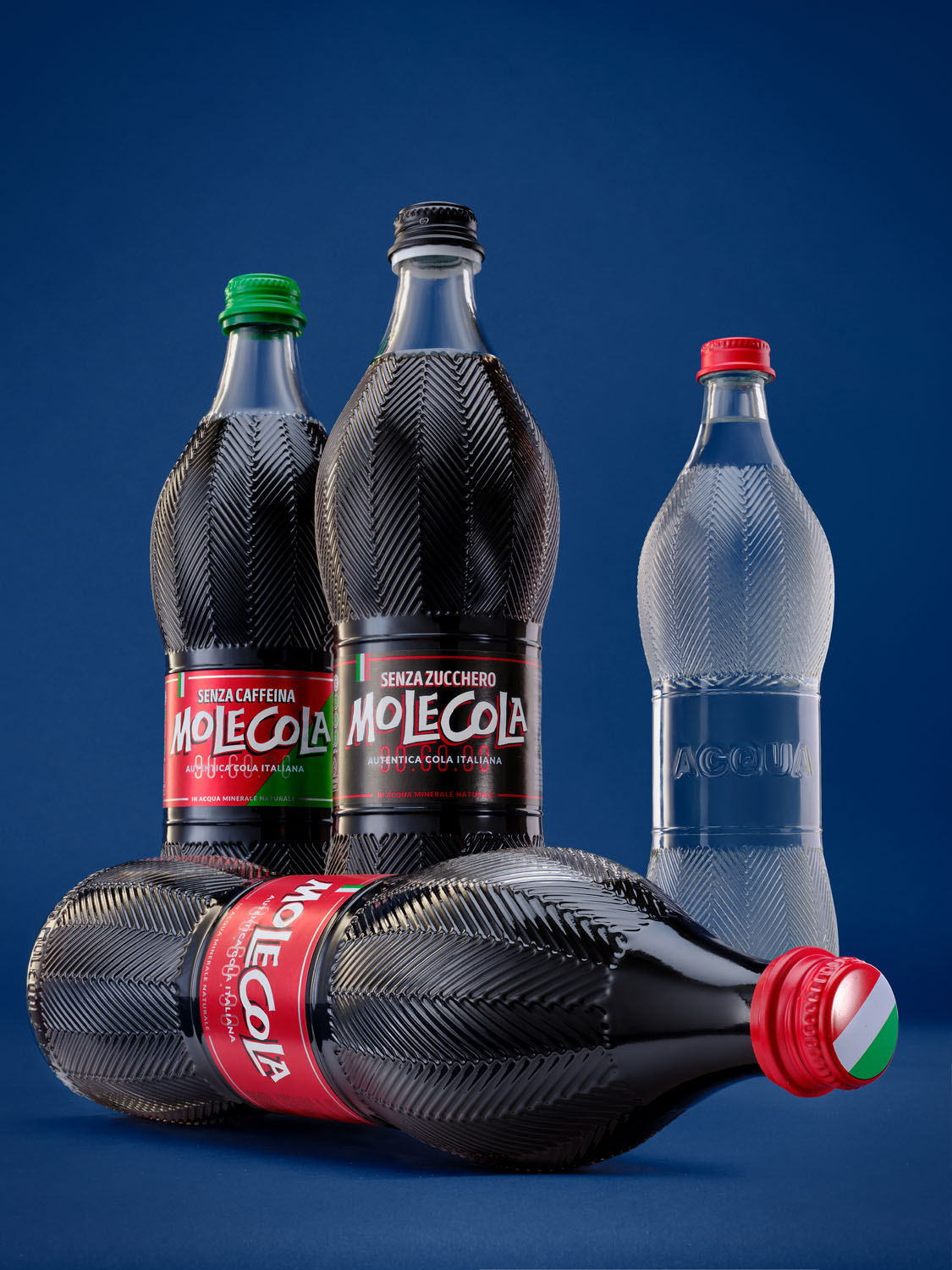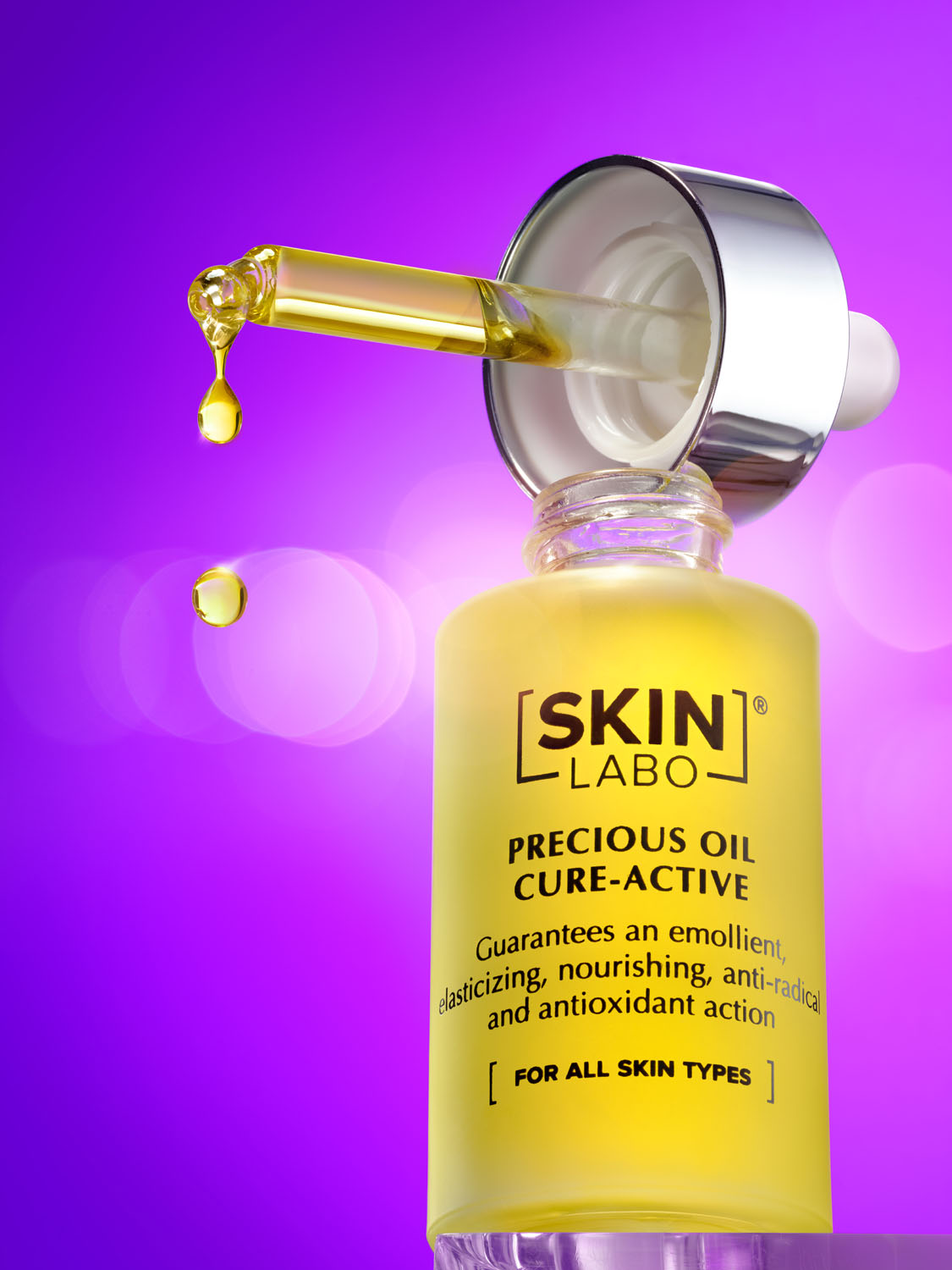
Giorgio Cravero
Giorgio Cravero was born in 1975 in Turin, where he lives and works. Graduated in Visual Communication at the European Institute of Design, he began his career working as architectural and still life photographer.
Moving between traditional photography, digital and new technologies, he often combines several techniques to emphasize and communicate his way of perceiving objects and space, using light to describe the shape and materials.
In 2012, after having been partner for two years, he fully acquires Studio Blu, one of the oldest and most prestigious still life Studio, selecting a team that can provide a unique visual language declinable on different media. He also completely renews the Studio, creating a structure able to follow every part of the workflow, from creativity to production and post-production. Lately he’s more focused on Food and Beverage photography.
In 2016, he won the Hasselblad Master Award (Still Life category).
We have had the opportunity to preview the new Firmware for GFX 50R/S and GFX100. Among the various innovations and improvements, we focused specifically on the new automated function for Focus Bracketing (more commonly known as Focus Stacking), testing it on the GFX100, the flagship for the Large Format.
Before going into further details, I want to underline the extent to which this update is further evidence of a development project, which, having reached the top for technical and technological quality (not an easy goal in today’s marketplace), broadens its vision by focusing on versatility and ease of use, leaving the photographer free to focus on the creative, and thus fundamental, aspects of their work.
But let’s return to Focus Bracketing.
In the universe of medium and large formats, the increase in image quality, also made possible thanks to the larger size of the sensor (in addition to other aspects), has always led to greater difficulties in managing “depth of field.” This limit can be partially overcome by working with an “optical bench” through camera movements. Often, it is sufficient, but in any case, it involves the use of equipment and optics (and experience) that not everyone has or has the desire to acquire.
Focus Bracketing, in short, is the unlimited solution to the problem. The closest focus point is defined as the one that is farthest away (that is why it is limitless), and enough images are taken to cover all the chosen “depth of field.” They will then be combined in postproduction in a single file. The operation is delicate; in fact, if “some shoots were missing”, it would not be possible to “assemble” the final file, and of course, the number images needed is bound to the choice of the diaphragm.
Thanks to the new firmware, all these calculations are managed automatically by the camera itself. Once the Focus Bracketing function has been selected from the menu, we can choose the time interval with which we want to capture the images (fundamental in order to not unnecessarily “stress” the flashes, as well as in cases of exposure times greater than 1 second, most likely with continuous light). Next, you proceed to the selection of the two focus points, the closest and the furthest one (advice: if you activate the function having already made the closest focus, it will automatically be selected as Point A). Save, and you are ready to shoot. With a single press of the shutter button, GFX will take all the sequence of images necessary to cover the “depth of field” you have chosen, which is calculated based on the aperture you have set and each image will be shot according to the selected time interval. This all happens without errors or calculations and is very manageable even with the typical pressure of a commercial set.
But that’s not all. Remember the concept of versatility? All this, and in exactly the same way, it can be managed only in the room (saving on internal cards), or in tethering, both with the Fujifilm plug-in, the Adobe Lightroom, and Capture One (which is part of our usual workflow). In short, it can be done in any way you work.
Here is how we tested it. When this project was commissioned to us, concerns related to timing and production during the lockdown period certainly did not help. However, we tried to choose a variety of subjects, to thoroughly explore every aspect. The use of background colour is the binding element, while the choice of subjects involved the participation of some customers, the use of personal items (the shoes are those that my father used in athletic competitions and are almost 60 years old), and even the construction of a Bonsai elm forest, acting as an imaginary forest for the occasion.
Using almost always different optics, we took the opportunity to try the GF50mm F3.5 and the GF63mm F2.8 (which Fujifilm “adventurously” sent us for the occasion), in addition to the GF32-64mm F4 and the GF120mm F4 Macros that we usually use. We also tested the MCEX-18G extension tube on all lenses (except the GF120mm).
For the shot of the ring, we managed a stacking of 129 images (with files from 100 mp to 16 Bit), even if we then chose a variant because of the excess “depth of field” and the enormous richness of detail distracted the gaze from the subject too much.
We often looked for unusual points of view and extreme perspectives, which made our work incredibly fun, despite its high pressure. Alessandro and I shot a subject a day, working simultaneously on creativity and the set, while Ivan, remotely, followed the post-production working on Capture One before mounting the images in Helicon Focus (software chosen for mounting the images on the basis of the best quality obtained) and then finalizing the postproduction in Photoshop, according to the regular workflow. The daily data transfer was around an average of 50/60 Gb.
For the backstage shooting, entirely made in 4k, and in collaboration with LMC Vision, we used two Fujifilm X-T3, with proprietary and “specialist” optics, and the interview was filmed with GFX 100. The technology involved in the project were several and of all different kinds, which was extremely stimulating. Everything had to work perfectly, and so it did, which was further proof of the reliability of all the equipment.
In conclusion, it was a wonderful opportunity, which in addition to allowing us to test the firmware with great success, permitted us to experiment quite a bit, both from a creative and technical point of view. Special thanks go to Molecola, Skinlabo and DelBac Bonsai for helping and supporting us with confidence, and last, but not least, Fujifilm, for their continuous, invaluable collaboration with us.





















































